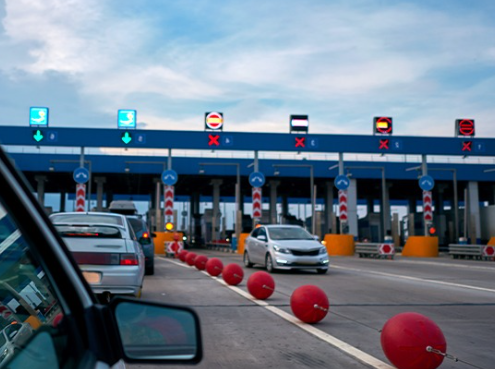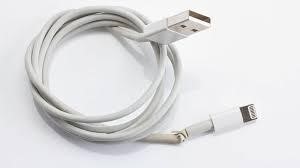Anodising is a widely used electrochemical process that enhances the surface properties of metals, particularly aluminium. It increases corrosion resistance, wear resistance, and can improve aesthetics. The process involves immersing the metal in an acid electrolyte bath and applying an electric current, which forms an oxide layer on the surface. Two of the most common types are aluminium anodising and hard anodising.
Aluminium anodising
Aluminium anodising is a standard process that enhances aluminium’s natural corrosion resistance while maintaining its lightweight properties. This method forms a controlled oxide layer, which not only protects the metal, but also allows for additional aesthetic customisation through colouring techniques.
Industries such as aerospace and consumer electronics frequently use aluminium anodising due to its balance of protection, appearance, and cost-effectiveness. However, while it improves corrosion resistance, it does not offer the same level of durability and hardness as other treatments.
Hard anodising
Hard anodising is a more intensive process that produces a thicker, harder oxide layer than standard aluminium anodising. This is achieved by using a lower temperature and a higher current density, resulting in a denser, more durable coating. The enhanced wear resistance makes it ideal for components exposed to extreme conditions, such as those in the automotive, aerospace, and heavy machinery industries. Hard anodising also improves thermal properties, allowing the material to withstand high temperatures and friction.
Despite its superior durability, hard anodising can slightly alter the dimensions of the treated component due to the increased oxide layer thickness. Additionally, the colour options are more limited compared to aluminium anodising, as the process creates a darker, less vibrant finish.
Choosing the right anodising process
The decision between aluminium anodising and hard anodising depends on the intended use. For applications requiring basic corrosion resistance, aluminium anodising is a suitable choice. However, for environments demanding extreme durability and thermal stability, hard anodising is the better option. Processes such as the ones shown at poeton.co.uk/surface-treatments/anodising/hard-anodising/ demonstrate the effectiveness of these treatments in various industrial applications.
Whether for lightweight applications or high-performance industrial use, selecting the right anodising method ensures optimal performance and longevity.













+ There are no comments
Add yours